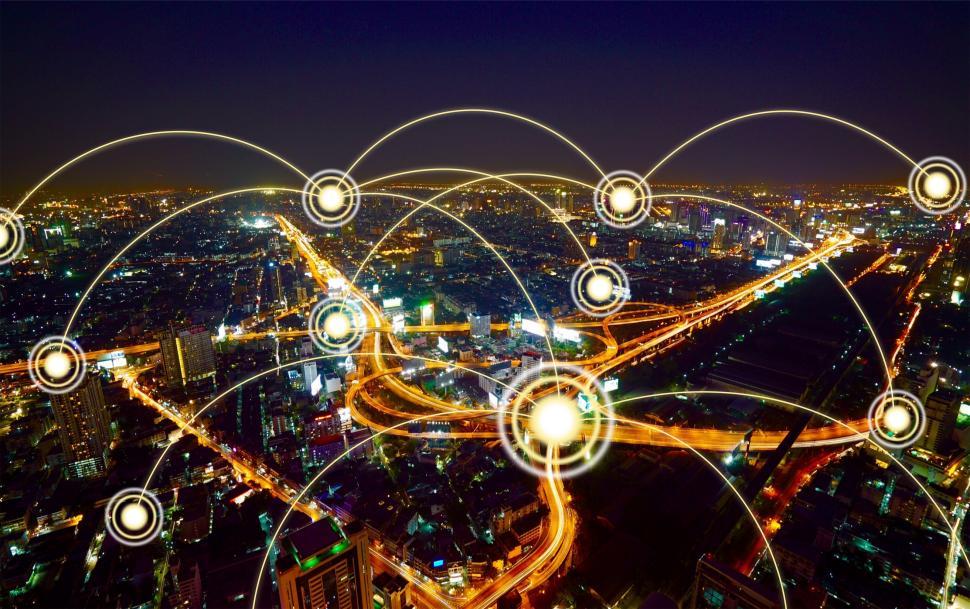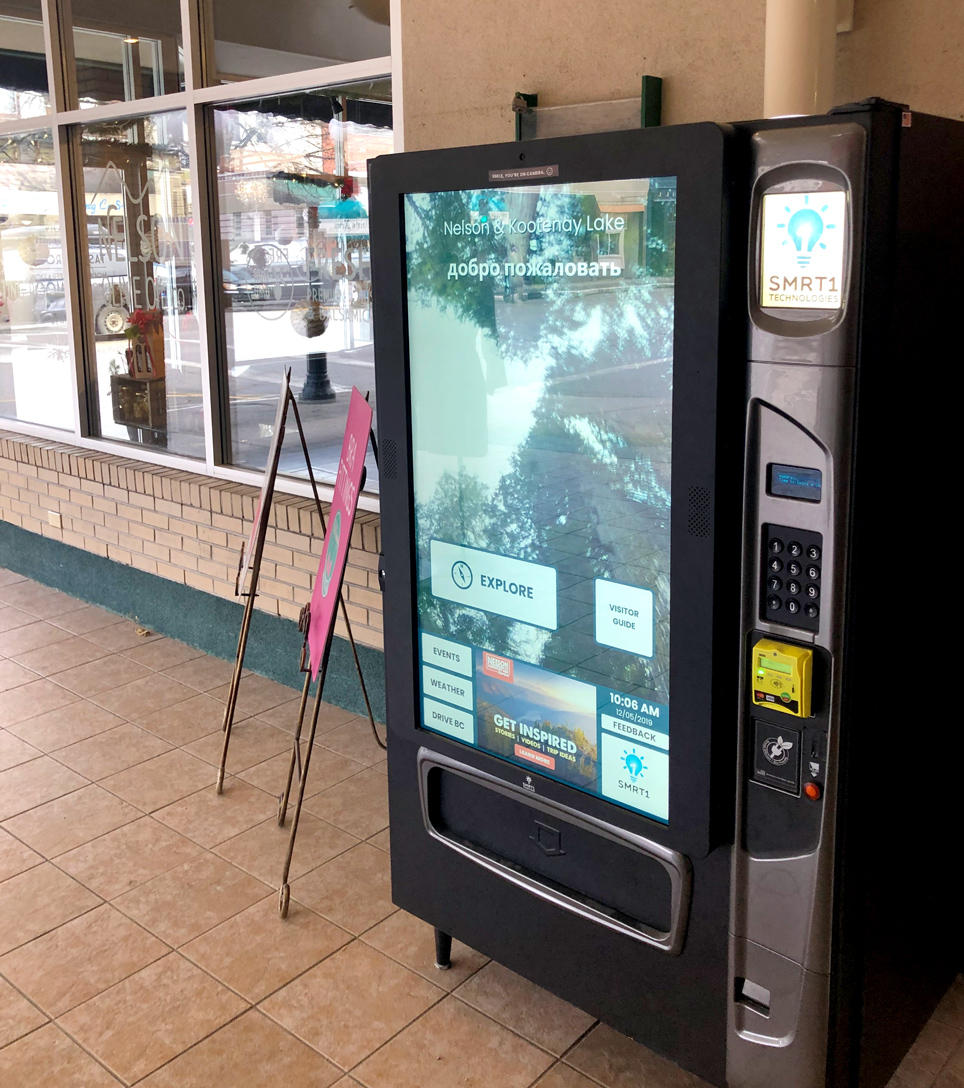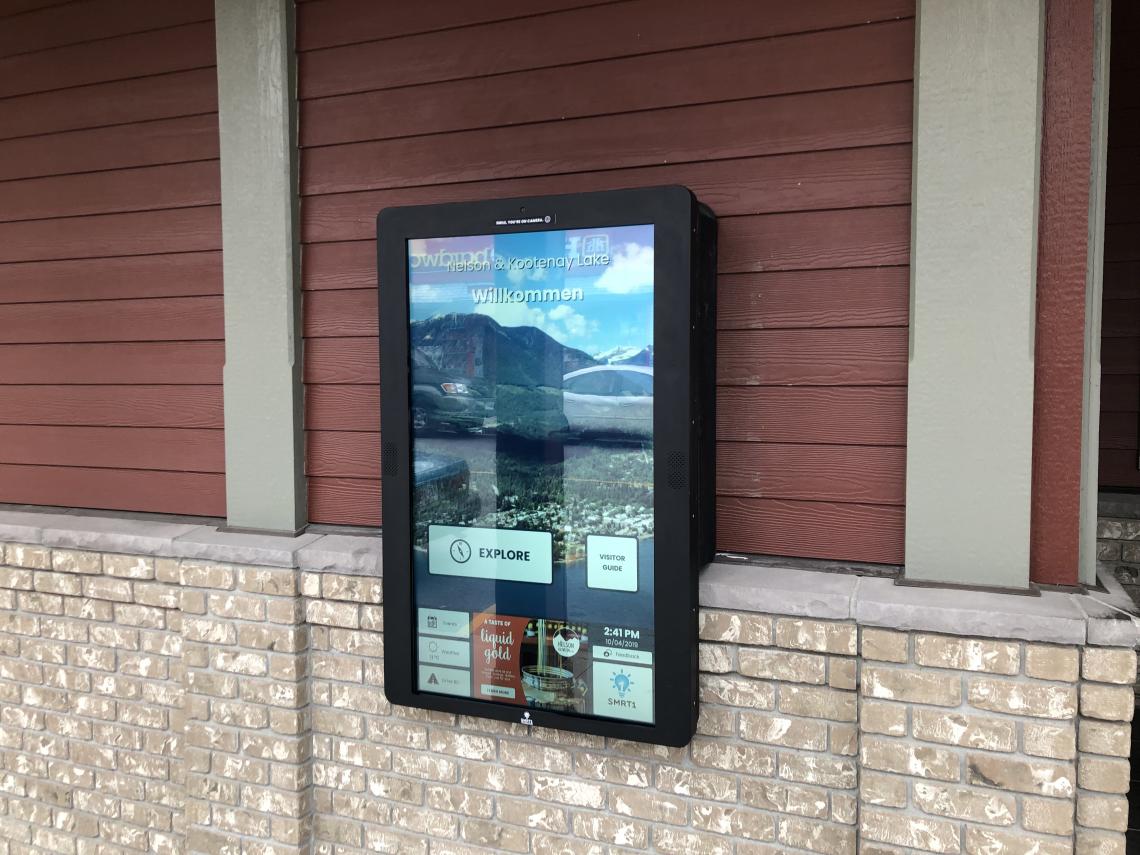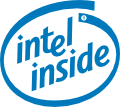SMRT1 Technologies is thrilled to be working with several organizations in BC to help them implement smart city and smart tourism strategies.
*Record scratch* *Freeze Frame*…You’re probably wondering how SMRT1 has pivoted from education, vending and retailing to smart cities, regions and tourism.
The truth is, we haven’t pivoted. SMRT1 provides software as a service that’s a cloud-based solution — personalized on-demand. Smart cities are defined as the use of Information and Communications Technology to engage citizenry in transparent, data-driven management of their city and to optimize the efficiency and effectiveness of transportation, buildings, utilities, the environment, infrastructure and/or public services. Smart cities are about the mash up of infrastructure and technology with the goal of making life for citizens and visitors better. By definition, SMRT1’s technology is a chameleon that delivers the information, products, services, directions itineraries, reservations, guidance and support — tailored to the needs of the person interacting with the touch screen. SMRT1’s technology is a perfect fit for a smart city and smart tourism initiative.
In September of 2019, 3 interactive touchscreen kiosks were launched by Nelson Kootenay Lake Tourism and the benefits of a personalized, engaging experience are already being realized.
SMRT1 — Smart Tourism
Dianna Ducs, Executive Director of Nelson Kootenay Lake Tourism saw the SMRT1 solution as a way for the region to implement smart tourism. “The Nelson Kootenay Lake Region has a brand that’s quaint, sophisticated, quirky — rich in arts, culture with a thriving culinary scene. Smart tourism using the SMRT1 platform allows us to deliver on that brand promise in every touch point,” she says. Smart tourism allows the Nelson Kootenay Lake region to help visitors plan their visit, explore local businesses, products, restaurants and dispense maps and brochures. Plans for the future include allowing visitors to see real-time ferry status and ride share services. Smart tourism offers the region a way to make visitors feel welcome and supported, even after hours when visitor centres are closed for the evening. SMRT1 POD (Personalized On-Demand) solution allows local businesses to tailor their offering to the audience and for the visitor to connect with the right experiences and products to fit their needs.
There are several aspects to the smart kiosk approach that make it superior to searching on a mobile device alone. For the querent, the search results are interactive and personalized. A garden variety Google search will simply return the most popular results — not necessarily the results that work best for the visitor. Using a smart kiosk, a tourist that needs special dietary accommodations will easily find restaurants with menu items appropriate to their needs and be able to book a reservation all in one interaction. In return, the region gathers rich data about visitor needs that can point to opportunities for new experiences, services and ways to do it more efficiently.
Smart City Strategy — No Matter What the Size
Smart Cities are the umbrella to smart tourism because that same sense of connection and engagement that we seek with our visitors — we want with our citizens too. When you think about it, having street advertising on all night long, even when there’s nothing on the street is a waste of money. Picking up a bunch of half-filled garbage cans every Tuesday morning because they all need to be collected at the same time… whether they’re full or not, is also a waste of time and money. As The Internet of Things (IoT) becomes more common and appliances, vehicles and other objects are connected to the Cloud, interactions that are personalized on-demand will be the order of the day. In Boston, smart trash cans communicate how full they are and dictate the most efficient pick up route when they are ready. Estimates on savings for this technology suggest it could be as much as 40% compared to traditional methods.
If you’re reading this and you’re thinking “how does a smaller region start a smart city or smart region initiative?” don’t hesitate because you’re smaller or more rurally based — you actually have the advantage of nimbleness. Larger municipalities have more red tape and a bigger pool of stakeholders to account for – the politics get in the way. A smaller region can pick one area to focus on and feel their way from there. As this white paper from the University of Waterloo points out, smart city initiatives should focus on the people and not the technology. At SMRT1, we also believe that these solutions are about serving the public — not about bells and whistles.
Here’s How To Start a Smart City Initiative
If you want to implement a smart city, smart region or smart tourism initiative — where do you begin? Camille Saltman, Managing Director, Entrepreneurship, University of British Columbia, points out that “It’s important for communities with a small tax base to set careful priorities that are manageable and understand what long term scenarios they are committing to. Regions will often pursue a smart city strategy because the region wishes to improve their community or to solve a particular problem or problems such as the need to reduce operational costs or expand services with an inadequate tax base or budget.

They may also need to reduce waste, increase transportation options, create more affordable housing options, design more energy efficient buildings, to develop local resiliency regarding threats such as fire or flooding, to create a stronger communications infrastructure.”
How can a region engage the community proactively to ensure the smart city solutions are on target and well received? Camille Saltman advises leadership to “ensure that there is an ongoing open and transparent citizen engagement process created to give the community a voice in raising needs and establishing priorities. The region needs to be provided an educational framework to understand the options available. They also need to ensure they do not fall victim to closed system solutions that become unsustainable or undesirable in the medium or long term.” Once you embark upon a smart city initiative, identifying priorities will become easier because you will have the data to identify the needs quickly and communication with your citizens will be streamlined into one system and not by scrambling to keep up with emails, phone calls, Twitter feeds and the myriad of other channels you’re currently tracking manually.
Smart Cities, Smart Regions, Smart Tourism — Here are the most important first steps.
Your first step is to identify the key leadership in your local business government and public sectors as these will be the groups with the most “skin in the game”. Your next steps will include gathering the innovative minds and talent from all sectors and then focusing this bench strength on ways to engage the public in a two way communication — from the start. Make sure this team isn’t creating a “solution in search of a problem” but rather solutions designed to respond to the stated needs and concerns of the public. Make sure your approach to the data follows the same philosophy — start with the problem (like paying parking tickets or reporting potholes) and get the data to solve it. Don’t look at the data to identify problems that you believe are there. Smart city solutions must start with the human need.

You may be concerned that your budget doesn’t have enough padding for very expensive, futuristic initiatives. SMRT1’s solutions are incredibly customizable in terms of both the benefits they provide and the budget available. This technology is an investment that is intended to pay back in spades with a more efficient operational plan. Look at tapping into grants or other streams of financing to give you as many options as possible. Dianna Ducs advises other regions to maximize their number of touch points to give as much access and gather as much data as your resources allow. SMRT1 can help you get started. We’d love to be a part of your journey towards becoming a smart and healthy city.
Brad



